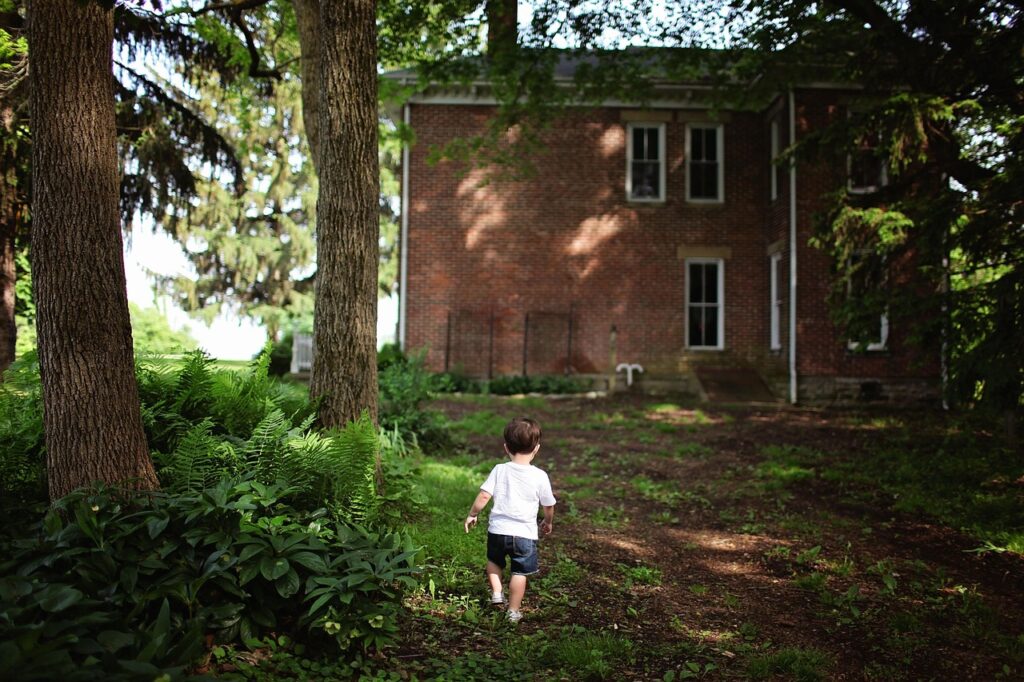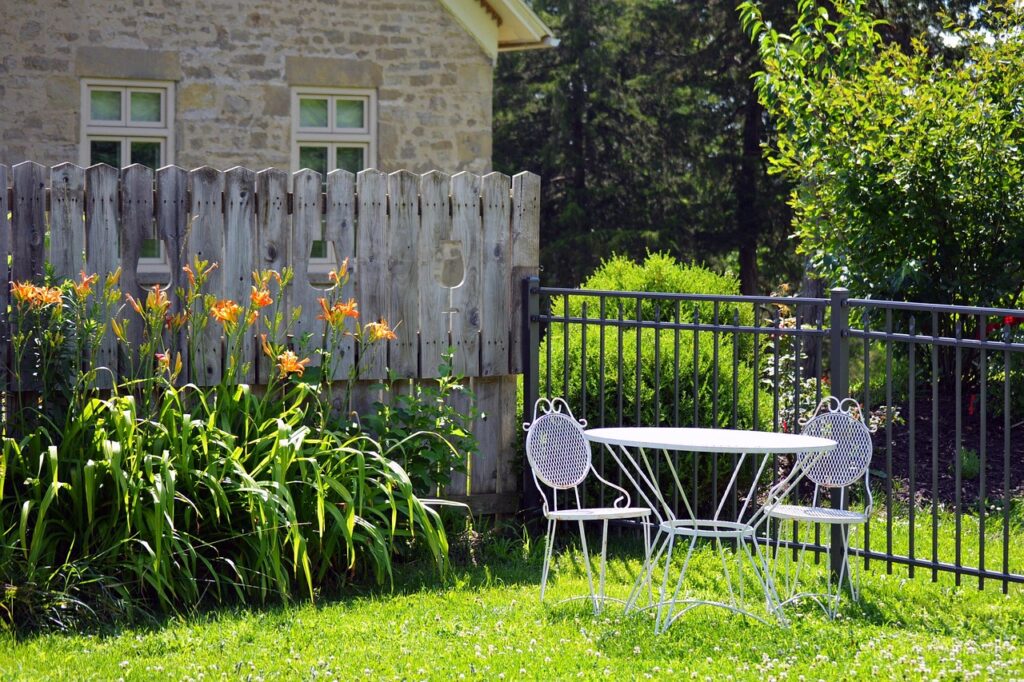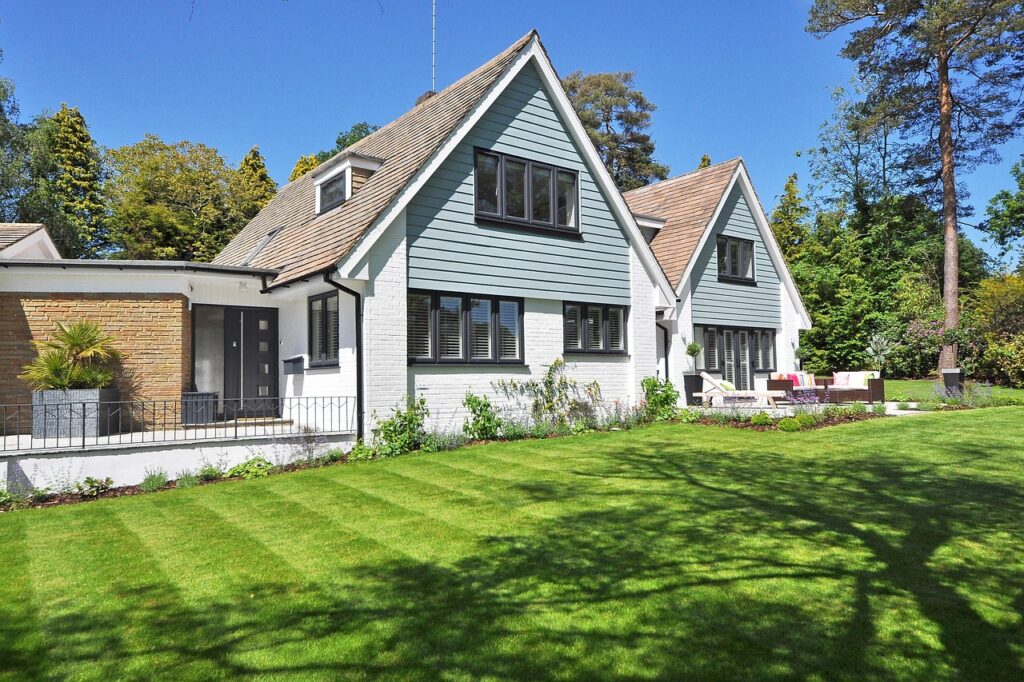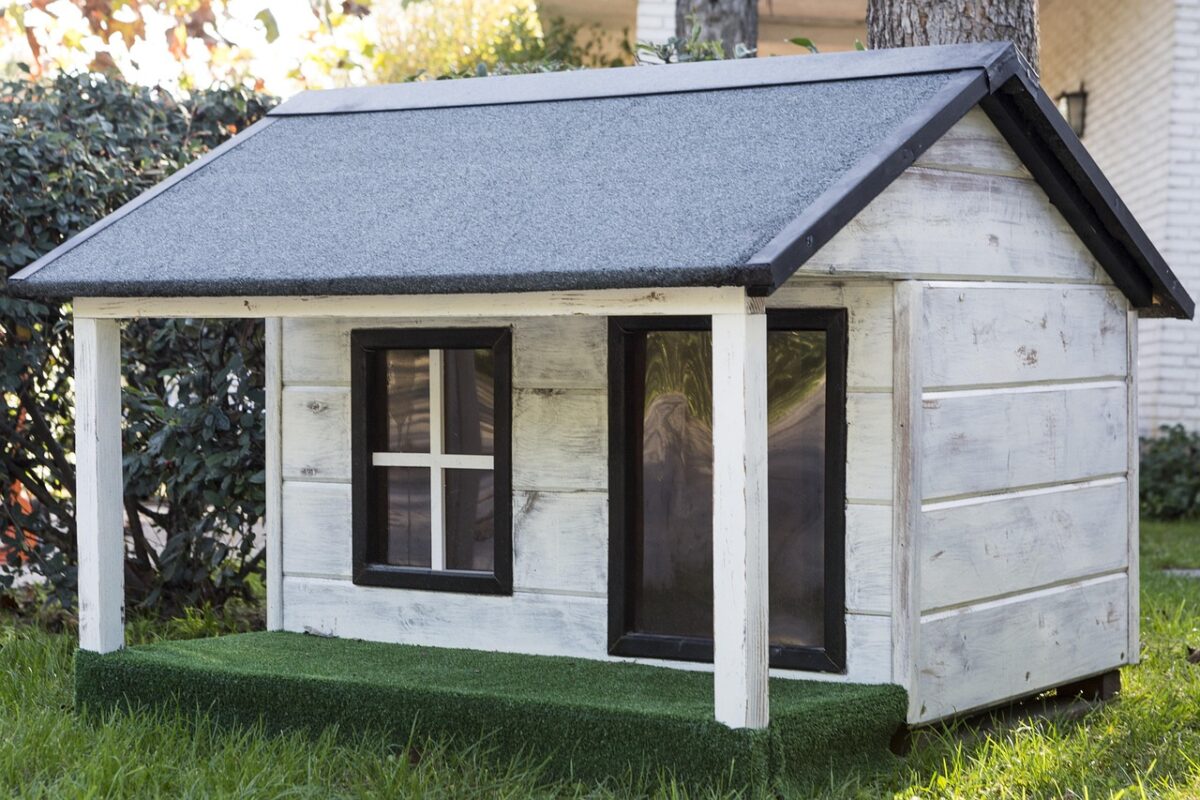As families increasingly seek ways to care for aging loved ones while maintaining independence, granny pods have emerged as an innovative solution. These compact, fully-equipped living spaces provide seniors with a comfortable and accessible environment right in the backyard of family homes. This article explores the various aspects of granny pods, including their designs, benefits, costs, legal considerations, and tips for choosing the right option for your family.
Granny pods, also known as accessory dwelling units (ADUs) or elder cottages, are small, self-contained living spaces designed for elderly individuals. Typically placed in the backyard of a family home, these pods offer a solution that balances independence for seniors with proximity to family support. The concept originated in the early 2000s as a response to the growing need for multigenerational living arrangements, allowing families to care for their elderly members without sacrificing personal space.
Key Features of Backyard Granny Pods

Granny pods are designed with the needs of seniors in mind. Here are some essential features that make them suitable for elderly living:
- Accessibility: Wide doorways and hallways to accommodate mobility devices.
- Safety: Non-slip flooring, grab bars, and emergency alert systems.
- Utilities: Fully equipped with necessary amenities like plumbing, electricity, and heating/cooling systems.
- Comfort: Well-insulated and designed for year-round comfort.
- Privacy: Offers a separate living space while remaining close to family.
- Customizability: Options for personalizing layouts and features to suit individual needs.
- Low Maintenance: Designed for ease of upkeep, often using durable materials.
Benefits of Installing a Granny Pod
Choosing to install a granny pod can yield numerous advantages for both seniors and their families. Here are some key benefits:
- Independence: Seniors can maintain their autonomy while having family nearby for support.
- Enhanced Safety: Proximity to family members provides peace of mind regarding health and safety concerns.
- Cost-Effective Care: Reduces the need for expensive assisted living facilities or nursing homes.
- Family Bonding: Encourages stronger family ties through shared experiences and support.
- Custom Living Space: Designed specifically to meet the unique needs of elderly residents.
Popular Granny Pod Designs and Layouts

Granny pods come in a variety of designs and layouts tailored to different preferences and needs. Here are some popular options:
- Studio Layout: An open floor plan that combines living, sleeping, and kitchen areas, ideal for those who prefer simplicity.
- One-Bedroom Design: Offers a separate bedroom for added privacy, along with a small living area and kitchenette.
- Accessible Model: Features wider doorways and bathrooms designed for wheelchair access, accommodating mobility challenges.
- Eco-Friendly Options: Incorporates sustainable materials and energy-efficient systems, appealing to environmentally-conscious families.
The cost of granny pods can vary significantly based on several factors, including size, design, and additional features. Here’s an overview of current price ranges:
- Basic Models: Prices typically start around $20,000 for simple designs.
- Mid-Range Options: More elaborate setups can range from $30,000 to $50,000, including additional amenities.
- Luxury Designs: High-end models with custom features may exceed $100,000.
- Factors Affecting Cost: Customization, local labor costs, and additional features like landscaping or utility connections can influence overall pricing.
Legal and Zoning Considerations
Before installing a granny pod, it’s essential to understand the legal and zoning requirements in your area. Here are some key points to consider:
- Permits: Most municipalities require building permits for granny pods, so check local regulations.
- Zoning Laws: Ensure that your property is zoned for accessory dwelling units, as some areas have restrictions.
- Setback Requirements: Many regions have specific distance requirements from property lines that must be adhered to.
- Utility Regulations: Confirm that all utility connections comply with local codes and safety standards.
How to Choose the Right Granny Pod for Your Backyard

Selecting the ideal granny pod involves several considerations. Here’s a step-by-step guide to help you make the right choice:
- Assess Needs: Determine the specific needs of the senior who will be living in the pod, including mobility and health requirements.
- Budget Planning: Establish a budget that includes installation costs, permits, and additional features.
- Research Options: Explore different designs and layouts to find one that suits your family’s needs.
- Consult Local Regulations: Review zoning laws and permit requirements to ensure compliance.
- Check Reviews: Look for testimonials and reviews from other families who have installed granny pods.
- Visit Models: Whenever possible, visit showrooms or existing setups to get a feel for the space.
Real-Life Examples: Inspiring Granny Pod Setups
Here are a couple of real-life examples that illustrate how families have successfully integrated granny pods into their backyards:
- The Johnson Family: The Johnsons installed a one-bedroom granny pod equipped with a kitchenette and bathroom. This allowed their elderly mother to live independently while being just steps away from family support. The pod features large windows for natural light and a small porch for outdoor relaxation.
- The Smiths’ Eco-Friendly Pod: The Smith family opted for an eco-friendly granny pod designed with sustainable materials. This model includes solar panels and energy-efficient appliances, reducing their environmental impact while providing their father with a comfortable living space.
